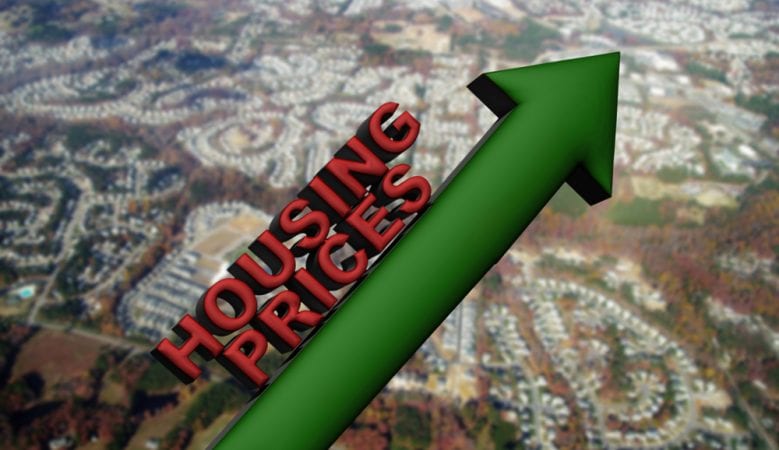Average UK Annual House Price Jumps >8% in Year – Industry Reacts

The average price of a home in the UK rose by 8.2 per cent between April 2020 and April 2021, according to the latest Halifax House Price Index.
The monthly index, which was published yesterday, showed that the average price of a UK home had increased 1.4 per cent just between the months of March and April 2021. The average price per home now stands at £258,204.
Russell Galley, managing director of Halifax, laid the background for the rise on the government’s stamp duty extension. He said: “The stamp duty holiday continues to add impetus to an extremely active market, magnifying the current shortage of available homes as buyers aim to take advantage of the Government scheme. The influence of the stamp duty holiday will fade gradually over the coming months as it’s tapered out but low stock levels, low interest rates and continued demand is likely to continue to underpin prices in the market.”
Galley said that he expected the boosted market to remain that way for the short-term. He added: “We do expect recent levels of activity to be sustained over the short-term as buyers continue to search for homes with more space and potentially better suited for their new working patterns. Savings built up over the months in lockdown have given some buyers even more cash to invest in their dream properties, while the new mortgage guarantee scheme may have eased deposit constraints for some prospective homebuyers who previously thought their first step on the housing ladder was a few years away.”
The medium-term outlook, according to Galley, is still ‘cautious’ despite optimism in the long-prospects of the UK economy. He added: “As we said in March, the current levels of uncertainty and potential for higher unemployment as furlough support ends leads us to believe that house price growth will slow to the end of the year.”
There was widespread comment across the industry. As well as the stamp duty extension, many pointed to the UK government’s vaccine rollout programme. Jeremy Leaf, former RICS residential chairman, said: “Values may soften when tapering of the stamp duty begins and furlough ends but the pace is likely to slow rather than prices changing dramatically.”
Others took a more sanguine, dryer look at the figures. Anna Clare Harper, chief executive of asset manager SPI Capital, said: “Firstly, in a context of long-term increases in living standards, many people wanted to move home, encouraged to improve their surroundings by repeated lockdowns. Secondly, it is cheap to borrow, due to very low interest rates, which give buyers a ‘discount’. Thirdly, there is a ‘flight to safety’: in times of uncertainty, people want to put their money in stable assets as a way to diversify their risk from more volatile investments such as the stock market.”
There were also critical voices. Nigel Purves, CEO of Wayhome, said: “This uptick does nothing to help the affordability concerns for many aspiring homeowners who are being rapidly out-priced from the market, pushing that ambition of homeownership farther out of reach. Even with the Government’s 95 per cent mortgage guarantee, many individuals still fall short of the lending criteria they need for the homes they really want, even if they can afford the deposit. We need to find ways to balance the property market, ensuring the confidence remains while helping more people to get a foot on the ladder.”




